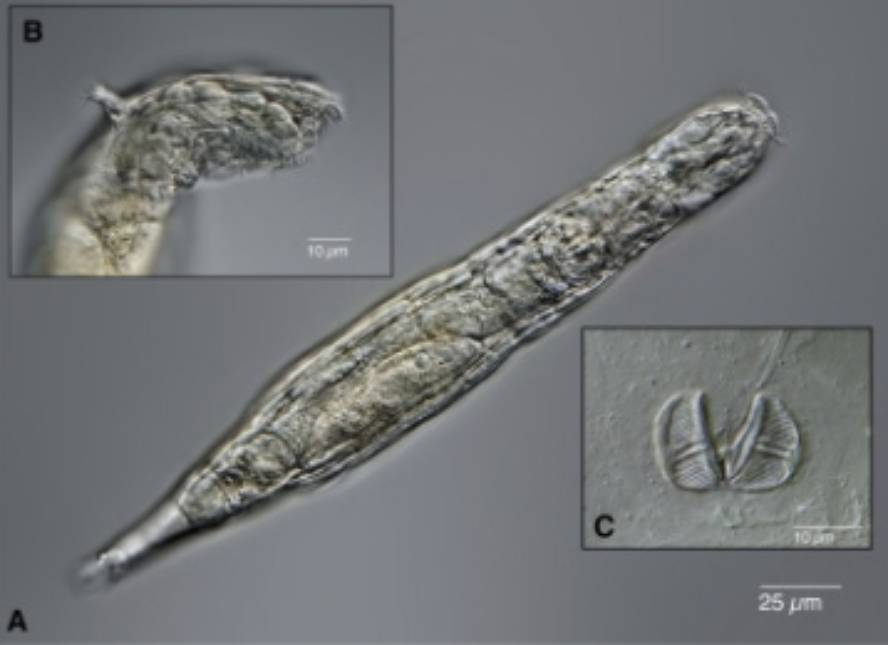Get resurrected to a frozen rotifer 24,000 years

Science has made a discovery that could hardly overcome science fiction: They have managed to “wake up” and survive an icy rotifer for 24,000 years in the Siberian permafrado. After a week of progressive temperature rise, the rotifer has not only survived, but has been able to reproduce. He has performed the usual asexual reproduction of belloid rotifers: parthenogenesis.
Rotifers are microscopic aquatic animals, especially resistant: until now they knew that they were able to survive after 10 years of freezing and that they had a great ability to combat the lack of oxygen and nutrients. In extreme conditions, they enter the state of cryptobiosis and cease all metabolic processes until the condition improves. However, its freezing and survival for so many years suggests highly efficient biochemical mechanisms to combat low temperatures, which very well protect organs and cells. For example, they manage to prevent the formation of ice crystals in their cells when the area freezes slowly.
Rotifers are not the only cryptobiotic living beings. Scientists have already achieved plant regeneration from frozen seeds for 32,000 years in permafrado or frozen nematodes for 30,000 years. However, the more complex the living being is, the more difficult the living freeze will be. For mammals, impossible. However, despite being microscopic, the survival of animals with intestines and a certain brain has been a satisfaction for cryptology researchers. It has been announced that in the Arctic they will continue to seek other forms of cryptobiotic life in order to clarify the biochemical mechanisms necessary for survival in ice. It has been published in the scientific journal Current Biology.





